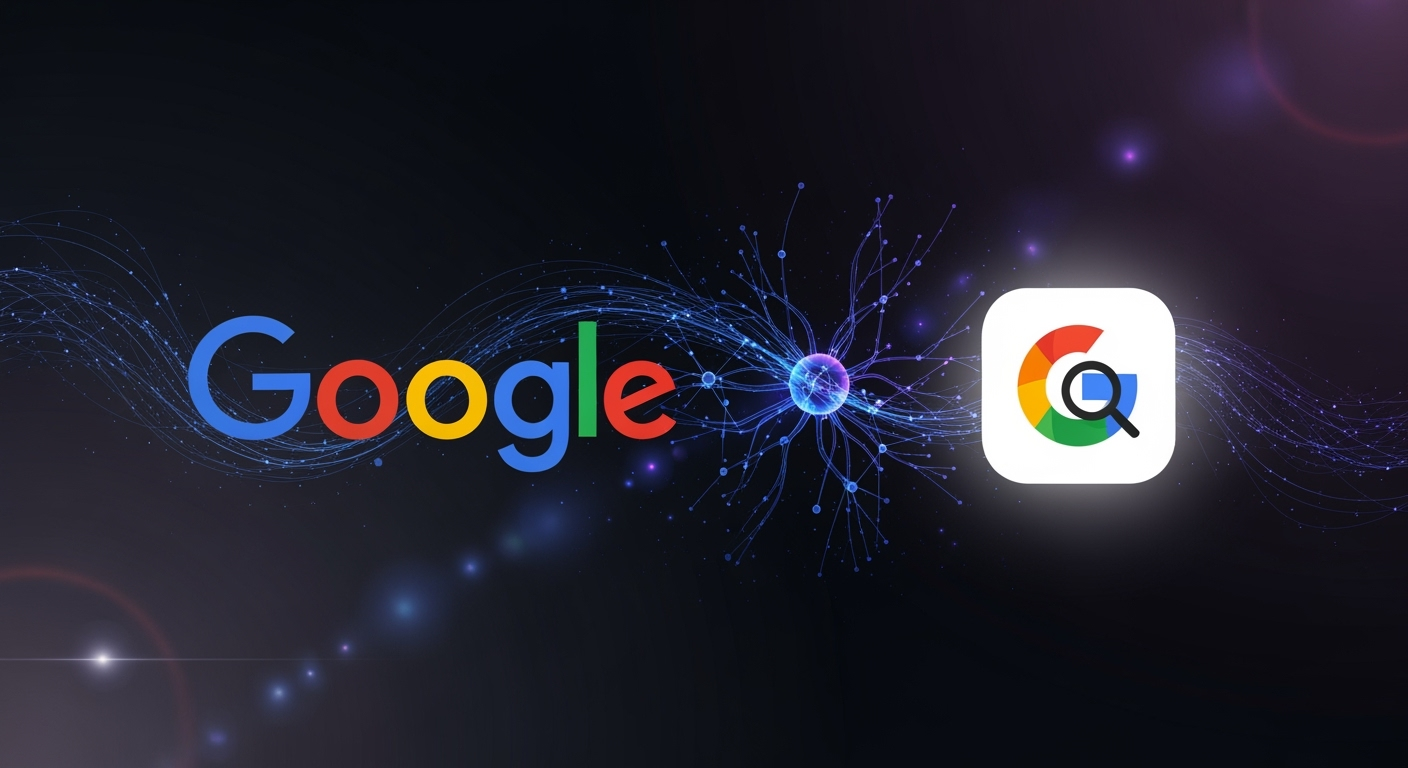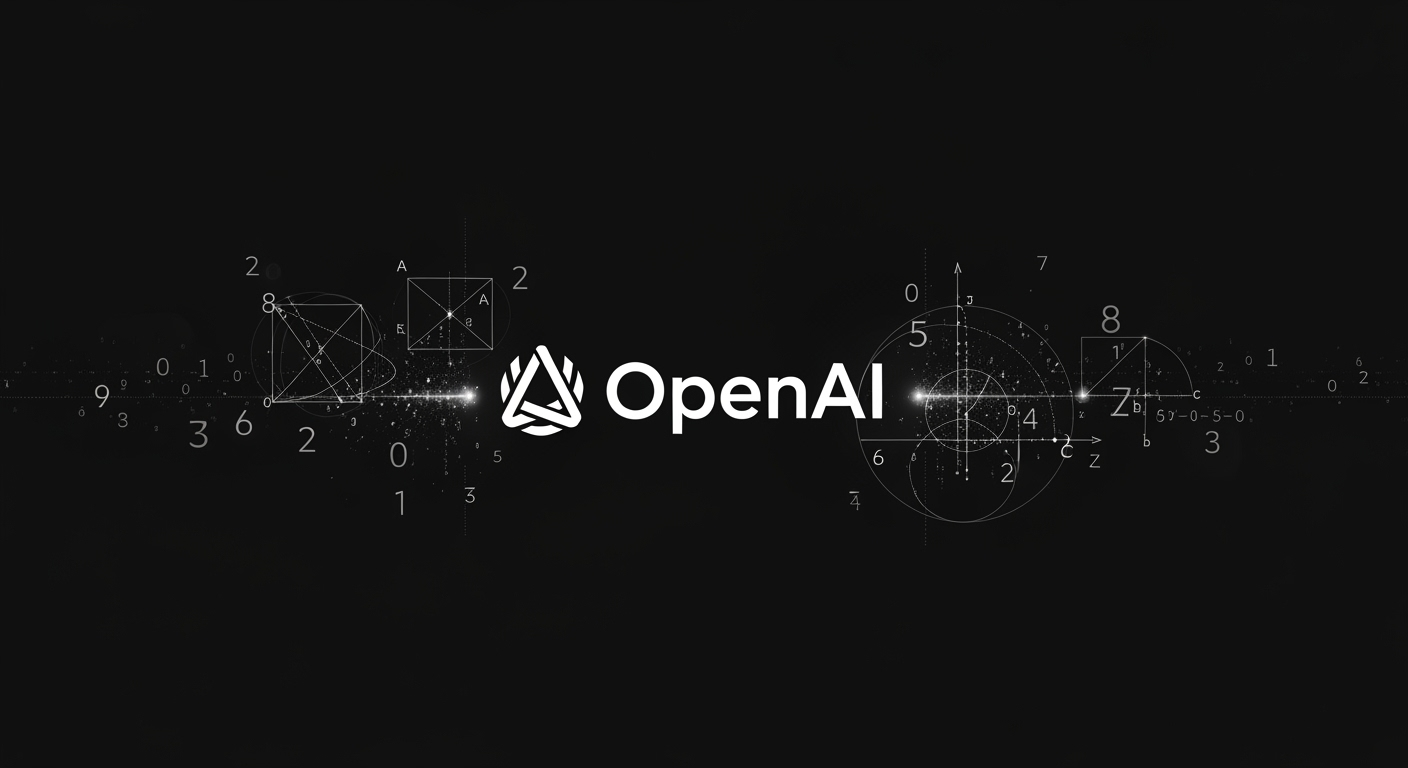Google Discover’s AI Summaries Raise Concerns for Publisher Traffic

Google Discover’s AI Summaries: What Publishers Need to Know
Google has started testing AI-generated news summaries in its Discover feed, signaling a significant shift for publishers reliant on search traffic. As these changes roll out, concerns mount about the impact on website visits and the broader digital publishing ecosystem.
How the New AI Summaries Work
Within the Google Search app on iOS and Android, some users are now seeing AI-generated summaries of news stories in the Discover tab. Instead of a single headline from a major publication, multiple publisher logos appear alongside an AI-written summary, which cites those sources. The app clearly labels these as AI-generated and cautions that "AI can make mistakes."

This feature is not universal yet—it's being tested and does not appear for every news story. However, early reports show AI summaries are visible to some users on both iOS and Android in the U.S.
Other AI and Automated Features in Discover
Beyond summaries, Google is experimenting with:
- Bullet-point summaries under headlines for select stories.
- Grouping related stories, so users can quickly access multiple perspectives on the same topic.
For example, a political news item may now include links to related articles or concise bullet points that distill the story’s main facts.

Publishers Respond with Their Own AI Tools
Leading news organizations like The Wall Street Journal, Yahoo, Bloomberg, and USA Today have begun adopting AI to generate their own summaries and experiment with reader engagement. Startups such as Particle are also innovating in this space—offering AI-powered news readers that let users explore multiple perspectives and ask follow-up questions.
The Traffic Challenge: AI and the Decline of Clicks
Despite these experiments, many publishers worry that Google’s shift to AI-powered summaries and features like "AI Overviews" will reduce direct website visits even further. According to recent data, global search traffic dropped 15% year-over-year as of June 2025. The percentage of news searches resulting in no click-throughs rose from 56% in May 2024 to nearly 69% by May 2025. Organic news traffic also saw a steep decline—from over 2.3 billion visits at its 2024 peak to under 1.7 billion a year later.
Until now, Google Discover remained a crucial source of referral traffic for publishers, even as regular search traffic waned. The rollout of AI summaries may threaten this last stronghold if users increasingly get their news directly from Google’s interface without clicking through to original articles.
Google’s Response: The Offerwall Initiative
In response to publisher concerns, Google recently introduced Offerwall, which enables publishers to monetize content through options such as micropayments, surveys, newsletter signups, or ads—beyond traditional traffic-dependent advertising models. Still, some publishers believe these solutions are arriving too late to offset lost traffic and revenue.
What’s Next for News Publishers?
As AI-generated summaries become more commonplace in Google Discover and other platforms, publishers face increasing pressure to adapt. With users getting more news directly from AI-powered interfaces, traditional referral traffic models are under threat.
The coming months will be critical for publishers to explore new engagement strategies, experiment with their own AI tools, and diversify revenue streams to remain sustainable in an evolving digital news landscape.
References
- Google’s AI Overviews are killing traffic for publishers
- Google Discover adds AI-generated bullet points to some news articles
- Three newsrooms on generating AI summaries for news
- Bloomberg launches Gen AI summarization for news content
- USA Today memo on AI-generated overviews
- Particle brings its AI-powered news reader to the web
- Google launches Offerwall to boost publisher revenue
- AI is killing the web – can anything save it?
- ChatGPT referrals to news sites are growing, but not enough to offset search declines





